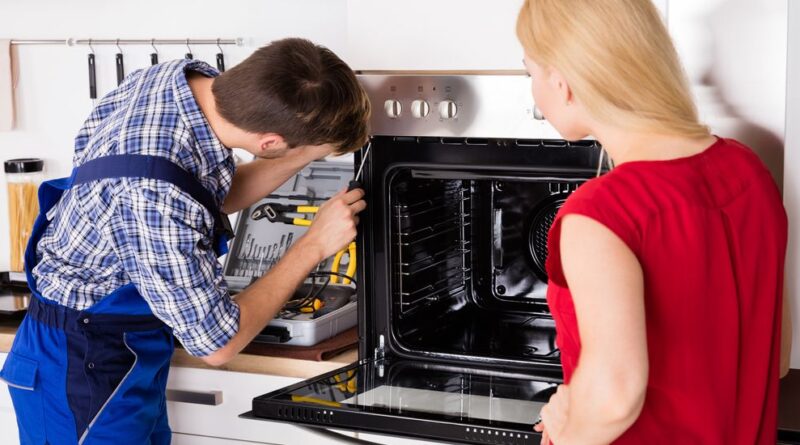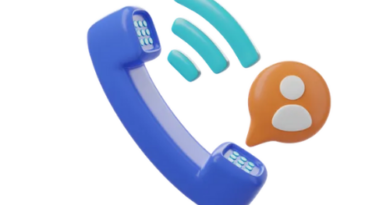Understanding and Repairing Refrigerator Defrost Timer Issues
Refrigerators are an indispensable part of our daily lives, keeping our food fresh and safe. However, like any other appliance, they can encounter problems. One such common issue is with the defrost timer. This blog will delve into Refrigerator Defrost Timer Issues, their symptoms, causes, and how to repair them effectively.
What is a Defrost Timer?
The defrost timer, a crucial component of both home and commercial refrigerator, plays a significant role. It regulates the defrost cycle, ensuring that the evaporator coils are defrosted regularly to prevent ice build-up. The defrost timer cycles between cooling and defrost modes, maintaining optimal performance and efficiency of the refrigerator.
Signs of a Faulty Defrost Timer
Recognizing the symptoms of a faulty defrost timer is crucial for timely repairs. Here are common signs indicating defrost timer issues:
- Inconsistent Temperatures: Fluctuations in temperature inside the refrigerator leading to spoiled food.
- Ice Build-Up: Excessive ice accumulation on the evaporator coils or in the freezer compartment.
- Water Leaks: Water leaks from the refrigerator due to ice melting irregularly.
- Unusual Noises: Clicking sounds indicate the timer attempts to switch modes but fails.
Common Causes of Defrost Timer Failures
Understanding the root causes of defrost timer failures can help prevent future issues. Common causes include:
- Wear and Tear: The defrost timer can wear out over time due to constant cycling.
- Electrical Issues: Faulty wiring or electrical surges can damage the timer.
- Manufacturing Defects: Occasionally, a defrost timer may fail due to defects in its construction.
Diagnosing Defrost Timer Problems
Proper diagnosis is the first step in addressing defrost timer issues. Here’s a detailed guide:
- Visual Inspection: Check for visible damage or burns on the timer.
- Listen for Clicks: A properly functioning timer makes clicking sounds as it switches modes. Silence can indicate a problem.
- Test the Timer: Using a multimeter, test the timer for continuity. This will help determine if the timer is receiving power and functioning correctly.
Steps to Repair a Defrost Timer
Repairing a defrost timer involves careful handling and adherence to safety protocols. Here’s a step-by-step guide:
- Unplug the Refrigerator: Always start by disconnecting the power to avoid electrical hazards.
- Locate the Timer: The defrost timer is usually found behind the kickplate, in the control panel, or near the compressor.
- Remove the Timer: Unscrew and carefully disconnect the wires from the defrost timer.
- Install the New Timer: Connect the wires to the new defrost timer and secure it.
- Test the New Timer: Plug the refrigerator back in and listen for the clicking sound as the timer cycles.
When to Call a Professional
While many defrost timer issues can be fixed at home, there are times when professional help is necessary. Call a technician if:
- You are uncomfortable working with electrical components.
- The problem persists after replacing the defrost timer.
- Other issues, such as compressor or thermostat failures, are suspected.
Maintaining Your Refrigerator for Longevity
Preventive maintenance can avoid frequent defrost timer issues. Here are some tips:
- Regular Cleaning: Keep the coils clean and free of dust.
- Check Seals: Ensure the door seals are tight and free from cracks.
- Monitor Temperatures: Monitor the internal temperatures to detect any irregularities early.
- Schedule Professional Check-Ups: Periodic inspections by a professional can identify and address potential problems before they escalate.
Commercial Refrigerator Repair: Special Considerations
Commercial refrigerator repair can be more complex due to the size and usage demands. In commercial settings, timely and effective maintenance is crucial to avoid business disruptions. Here are key considerations:
- Higher Frequency of Maintenance: Commercial refrigerators require more frequent maintenance checks due to constant usage.
- Professional Repairs: It’s advisable to engage professional repair services to ensure health and safety standards compliance.
- Backup Systems: Having a backup refrigerator or a contingency plan can help mitigate the impact of a breakdown.
Conclusion
Understanding and repairing Refrigerator Defrost Timer Issues is essential for maintaining the efficiency and longevity of your refrigerator. Whether dealing with a household unit or a commercial refrigerator, timely diagnosis and repair can prevent food spoilage and costly breakdowns. Following the steps outlined in this guide and knowing when to call a professional can ensure your refrigerator functions optimally. Regular maintenance is critical to preventing defrost timer issues and ensuring your appliance’s long-term performance.




